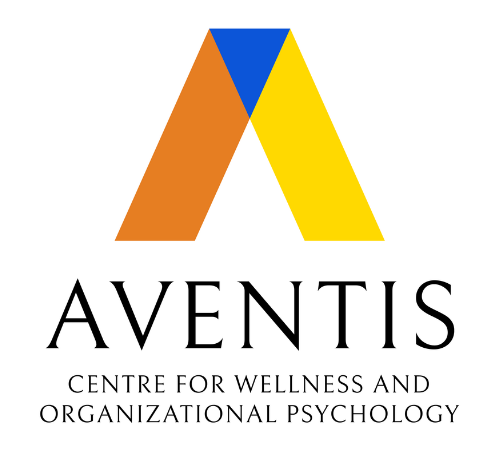By Marcus Hoo
Introduction
Mental health experts have always been warning us that a mental health pandemic will follow as a result of COVID-19. Before the pandemic, approximately 20% of people experience mental health problems. However today, approximately 50% of people say their mental health has worsened due to COVID-19.
We have now been taught in the hardest way that employee wellbeing is critical to a business’s success. Without healthy and productive employees, organizations without the resources to ride the fallout of COVID-19 will likely not survive or recover their business costs. Never has there been more urgency for organizations to champion mental health initiatives in their workplace.
![]()
With that said, what are some ways organizations can combat this?
Companies/organizations can look at implementing initiatives such as creating policies and mandates that center around mental health at a corporate level; sharing resources through internal marketing channels to promote awareness. This gives management and HR the training to identify issues and handle them successfully and provide employees with self-help tools and programs.
- Reduce stigma to create a positive workplace
Employers have an essential role to play in supporting employees with education about mental health and creating an open dialogue. Providing resources that promote awareness can help create an accessible and positive workplace, one that fosters engagement and attracts talent.
- Prevention is better than cure
Considering that we spend about 60% of our time at work, and that work can be rife with stressors – workload, deadlines, behaviours and personalities of co-workers, management styles, worries relating to job security, and so-on, educating about healthy ways to cope with stress makes sense. It can help address issues before they become debilitating – and costly for the organization.
- Treating issues to reduce impact
You won’t know if an employee is suffering from mental health symptoms, but what can help is having the resources that are already in place for an employee to use to get them the help they need. This is where the HR’s role is vital to find high-quality, evidence-based options to ensure success. Providing a variety of options for an employee to get treatment will help reduce suffering for that employee and help address their reduce functioning at work. Such options include: benefits plan, wellness counsellor, online programs or a combination of these.
- Improve Engagement and Feedback
When you are physically fit, you tend to be healthier. This is the same when it comes to mental health. When you improve the mental health of your employees, this can improve thinking, decision-making, workflow and relationships at work. All of these translated to increased productivity and the employees will see you playing a role in helping them to be their best selves.
- Reduce Expenditure and Risk
Promoting mental health can also be a wise financial decision for businesses. Investing in a mentally healthy workplace can have a cost savings effect by reducing absenteeism and presenteeism. It also reduces disability claims and lessens sinking productivity. Furthermore, this also contributes to helping meet workplace health and safety guidelines which reduce legal exposure.

Summary
Each organization and profession have its own unique stressors. People leaders need to assess what are the key stressors happening to their workforce and to look for resources that not only allows them to provide support in confidence, it needs to be affordable, readily available, and unique to their profession. This is what will help you build an effective mental health strategy to combat struggles during and after COVID-19.

